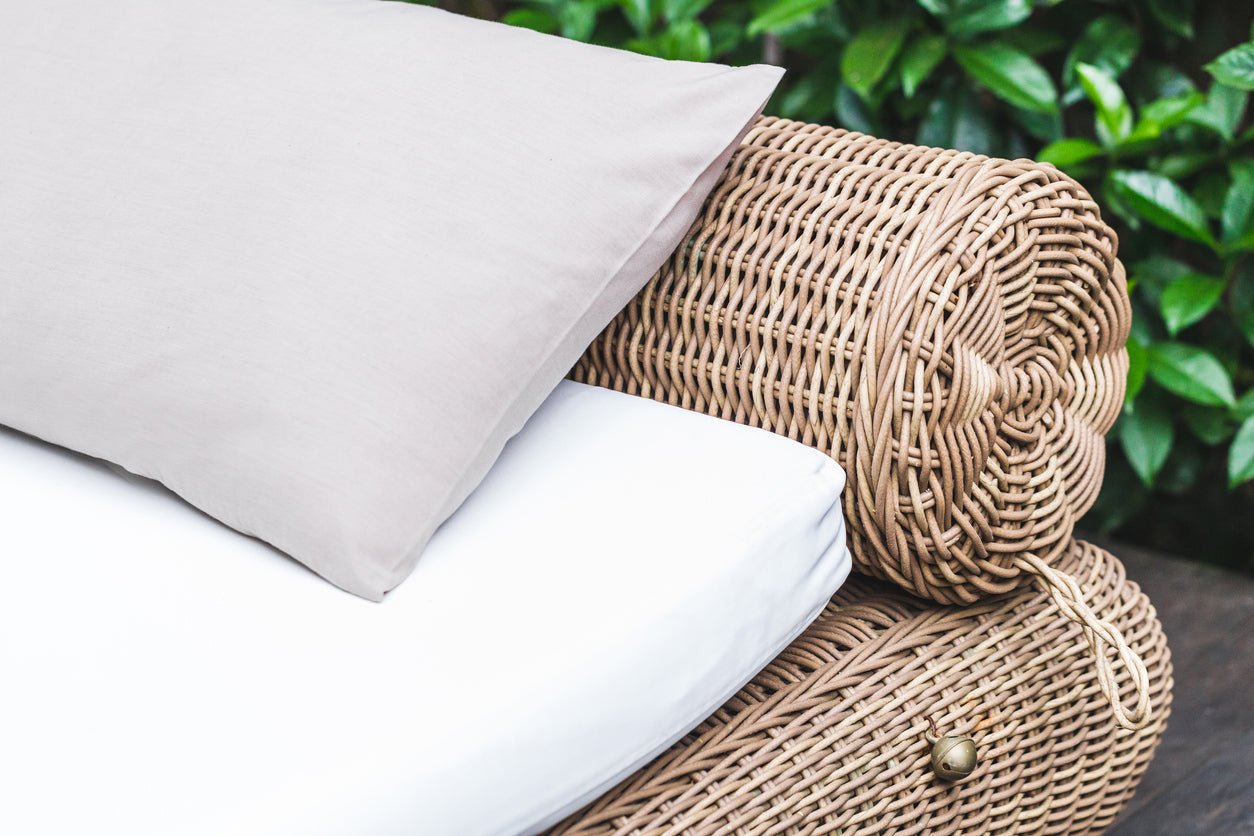My Cart
Your Cart is Currently Empty
Hassle FREE Shipping And Returns

Elsie De Wolfe was arguably the first interior designer and created the profession. She was a well-known actress before she turned to designing, having taken ideas from learning how the stage should be set for a play.
De Wolfe used her theatrical ability and social contracts to redesign the stage of the upper-class American home. Her clients included members of the Vanderbilt family and British Royalty.
Although De Wolfe was a British woman who was born in the Victorian era, she hated the fussiness and oppressively dark colors of these times. When she started to work on interiors in the early 1900s, she persuaded her clients to get rid of heavy Victorian furniture made from dark wood and usher in light, airy furniture in lighter wood that would give the room a much more open and less fussy air. She loved light colors such as white and green, so these White Green & Black Cabinet Handles would fit beautifully with her style. She also enjoyed experimenting with patterns and textiles.

One of her first commissions was at the Colony Club in New York. Here she created a garden inside by maximizing the light and open planned space of the building. She was heavily influenced by Parisian culture, having spent time living there herself, and she brought this into her interior design. This style became very popular among high-society Americans from the East Coast to the West Coast and heavily influenced European interior fashions in the early 20th Century, too.
Although De Wolfe was best known for her interior work, she also worked on gardens. One of her signature designs was to use Equipage chairs. Previously unseen outside Mexico, De Wolfe had them scattered across every continent by the 1930s. You can achieve a similar, up-to-date look with this Black and Natural Bamboo Folding Chair.

Another great design idea was to add long and button-tufted cushions to regency-style stone steps. This simple idea turned them into stadium-style seating. This was perfect for garden parties and for holding theater and music concerts, and it was popular among her wealthier clients who had large mansions and were always looking for a novel way to entertain.
This may sound like too grand a design to bring into your own backyard, especially if you have a small space. However, if you have a split-level garden, this is achievable. Rather than splitting your garden with narrow steps, redesign your garden so that the steps run the width of your space and make a feature out of them. Then you can add long cushions and make a feature of this space.
De Wolfe loved the airiness of rattan furniture and used it frequently in her designs. This style is still popular today, and you could use it to create your very own Elsie De Wolfe style at home. Add a backdrop of white by painting the fence and adding some Parisian-style white screens to divide the different sections of your garden and you can recreate her style simply. If you are not a fan of rattan furniture, you could accessories such as this Rattan Lantern to get the look.

Full-length sunbed covers were also a design style of the De Wolfe era. She loved green and white stripes as these create a fun and funky pattern without using heavy patterns or colors. A full-length sunbed using rattan fabric with a striped sunbed cushion would be a focal point of your De Wolfe-inspired garden. Position this on the terrace by wide stone steps to bring this style together.
Feature tiles inspired De Wolfe inside the house, and she took this style outside with her, too. She favored the asymmetrical aesthetic of crazy paving and widened the joining strip in the middle using extra adhesive to make a thicker join and create a bolder image. This was inspired by Mexican designs of the late 19th and early 20th century and fit well with the light patterns that are the signature style of De Wolfe.
De Wolfe enjoyed growing her own vegetables in her garden and brought her love of horticulture with her in the design of her client’s gardens. You can recreate this by planting your own vegetable garden and enjoying the great outdoors as you help your food to grow. If this sounds a bit time-consuming for you, you could always grow some herbs instead. They do not take as much work to grow, and you will still have the pleasure of being able to serve your own produce at mealtimes.
It is relatively easy to design your garden décor like Elsie De Wolfe. You can do most of the work yourself if you want to, which will keep the price down and give you an enormous sense of satisfaction.